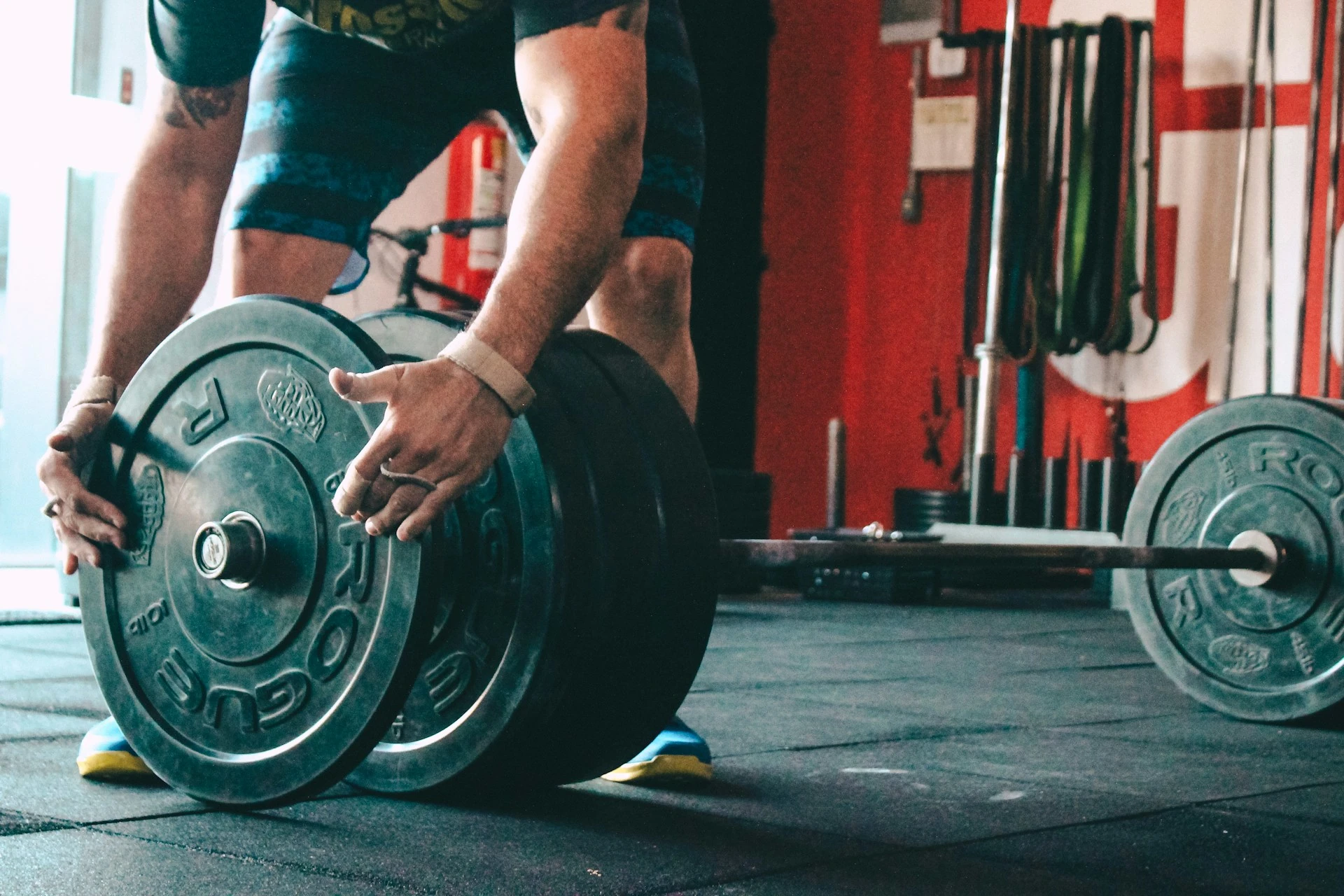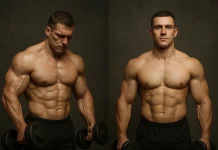If you’ve ever stepped into a gym or scrolled through fitness forums, you’ve probably encountered gym myths that refuse to go away. No matter how much science debunks them, they continue spreading like wildfire, confusing beginners and frustrating experienced lifters.
Let’s set the record straight by busting some of the craziest gym myths that just won’t die.
1. Lifting Weights Makes You Bulky
The Myth:
If you lift heavy weights, you’ll instantly look like a bodybuilder.
The Truth:
Gaining muscle mass takes years of dedicated training, proper nutrition, and often, genetic predisposition. Women, in particular, lack the high levels of testosterone needed to bulk up like men. Strength training helps build lean muscle, which actually makes you look more toned and defined—not bulky.
Why This Myth Won’t Die:
It’s fueled by misconceptions from old-school gym culture and misleading fitness marketing.
2. You Can Spot-Reduce Fat
The Myth:
Doing endless crunches will burn belly fat.
The Truth:
Fat loss doesn’t work that way. You can’t target specific fat deposits through exercise. Weight loss happens through a calorie deficit, meaning you need to burn more calories than you consume. When you lose fat, your body determines where it comes off first based on genetics.
Why This Myth Won’t Die:
People want quick fixes, and the fitness industry profits from selling “fat-burning” gimmicks.
3. Cardio is the Best Way to Lose Weight
The Myth:
If you want to lose weight, you need to focus on running, cycling, or other cardio exercises.
The Truth:
While cardio burns calories, it’s not the most efficient way to lose fat. Strength training builds muscle, which increases your metabolism and helps you burn more calories even at rest. A combination of strength training, cardio, and a proper diet is the best strategy for fat loss.
Why This Myth Won’t Die:
Cardio has long been associated with weight loss, and many people overlook the long-term benefits of muscle gain.
4. More Sweat Means a Better Workout
The Myth:
If you’re not drenched in sweat, you didn’t work hard enough.
The Truth:
Sweating is your body’s way of cooling down, not an indicator of workout effectiveness. Some people naturally sweat more than others, and external factors like humidity and temperature also play a role.
Why This Myth Won’t Die:
People associate visible sweat with effort and results, even though they’re not directly linked.
5. No Pain, No Gain
The Myth:
If your workout doesn’t leave you sore, you didn’t train hard enough.
The Truth:
Muscle soreness (DOMS) is caused by microscopic tears in your muscles, but it’s not the only sign of a good workout. Consistent training without excessive soreness is actually more sustainable and beneficial in the long run.
Why This Myth Won’t Die:
Hardcore gym culture glorifies pain as a badge of honor.
6. Lifting Heavy is Bad for Your Joints
The Myth:
Lifting heavy weights will destroy your knees, shoulders, and back.
The Truth:
When done with proper form, strength training strengthens the muscles around your joints, improving stability and reducing the risk of injury. Poor form and excessive weight are what lead to joint problems, not lifting itself.
Why This Myth Won’t Die:
People blame weightlifting for injuries instead of improper technique.
7. Machines are Safer Than Free Weights
The Myth:
Using weight machines is safer and more effective than free weights.
The Truth:
Machines can be helpful for beginners, but they restrict natural movement patterns and don’t engage stabilizer muscles like free weights do. Properly performed barbell and dumbbell exercises are often more functional and beneficial.
Why This Myth Won’t Die:
Gyms promote machines because they’re beginner-friendly and reduce the need for personal training.
8. Protein Shakes Are Necessary for Muscle Growth
The Myth:
You need to drink a protein shake immediately after your workout, or your gains will disappear.
The Truth:
Protein intake is important, but timing isn’t as critical as overall daily consumption. You can meet your protein needs through regular food without relying on supplements.
Why This Myth Won’t Die:
The supplement industry pushes this idea to sell more protein powders.
9. Doing High Reps Gets You Toned
The Myth:
Lifting lighter weights for high reps will make you “toned,” while lifting heavy makes you bulky.
The Truth:
Muscle tone is simply having low body fat while maintaining muscle definition. Both heavy and light weights can build muscle, but diet and overall training consistency determine how lean you look.
Why This Myth Won’t Die:
People misunderstand the role of strength training and diet in body composition.
10. You Should Stretch Before Working Out
The Myth:
Static stretching before exercise prevents injuries and improves performance.
The Truth:
Static stretching before lifting or intense activity can actually reduce performance and doesn’t significantly prevent injuries. Dynamic warm-ups (such as bodyweight movements and mobility drills) are far more effective.
Why This Myth Won’t Die:
Outdated fitness advice still lingers in sports and gym environments.
Final Thoughts
These gym myths continue to mislead people because they sound logical or align with popular beliefs. However, the best way to make progress is to base your training on science, not outdated myths. Understanding the truth behind these misconceptions will help you train smarter, avoid frustration, and reach your fitness goals faster.
So, next time someone tells you that lifting heavy will make you bulky or that you must sweat buckets to have a good workout, share the truth and keep the fitness world moving in the right direction!







